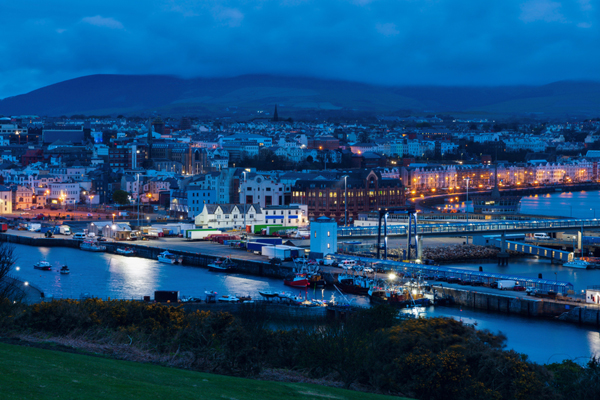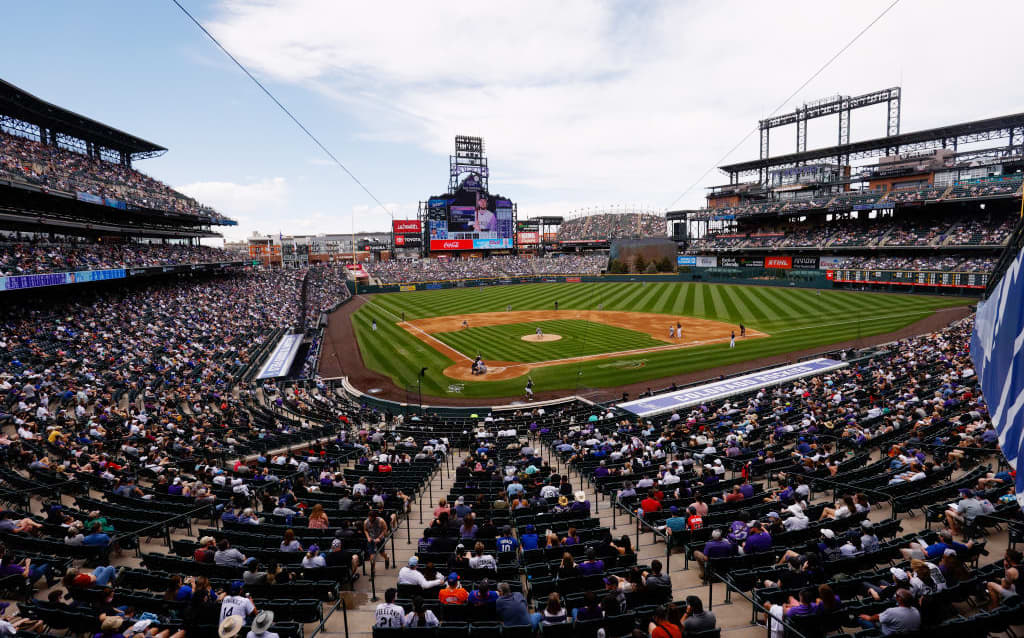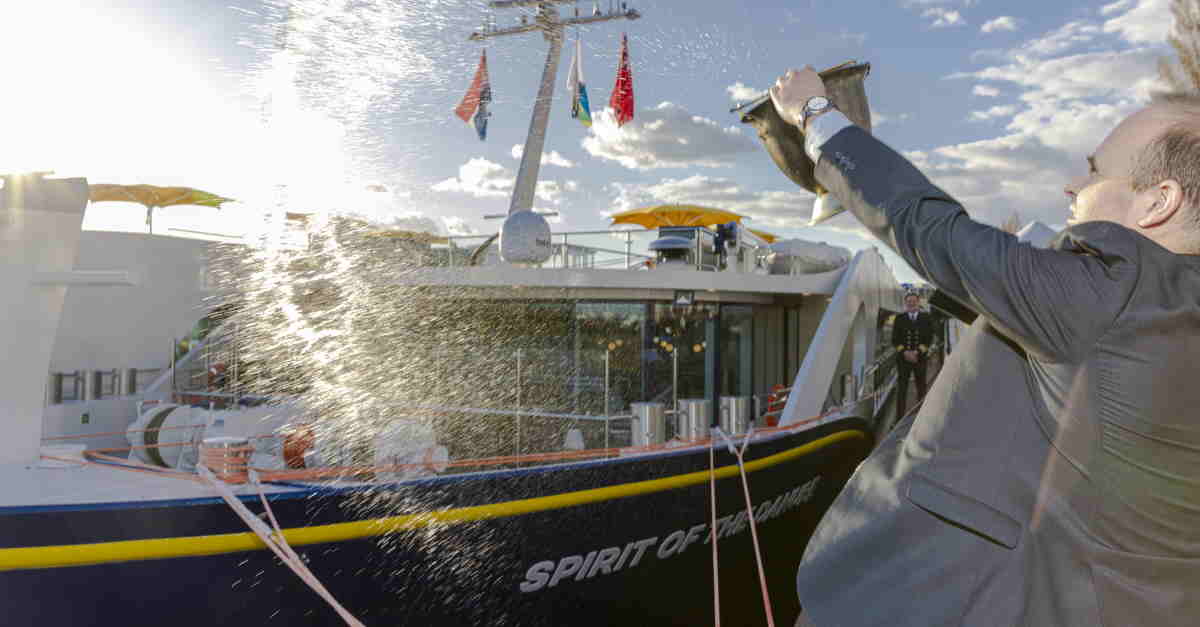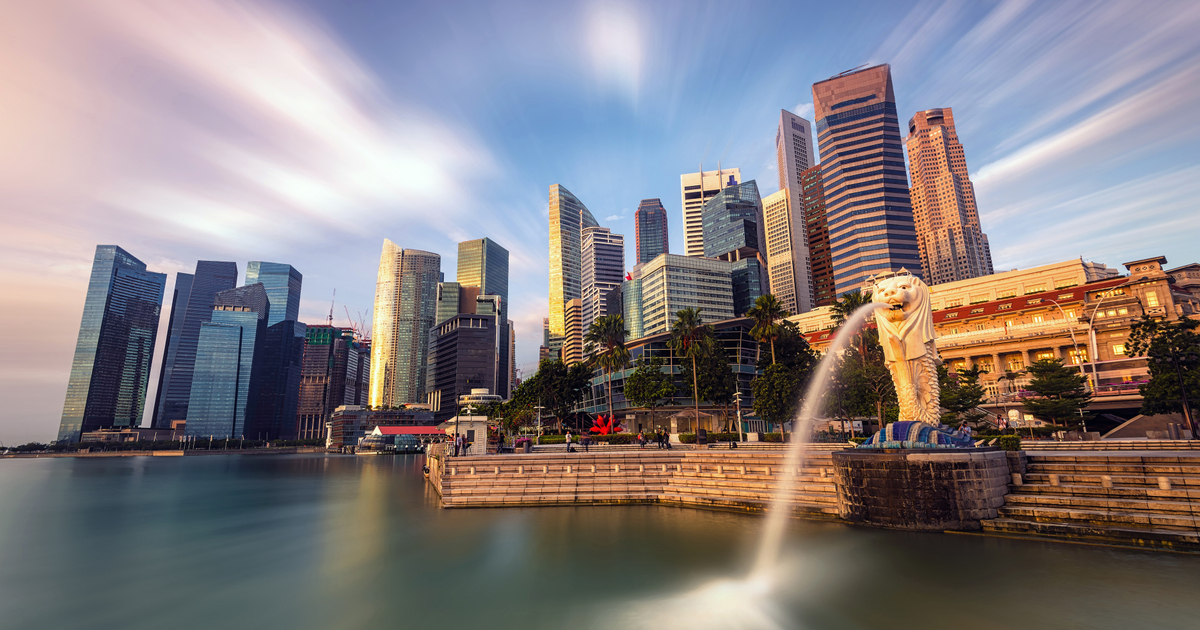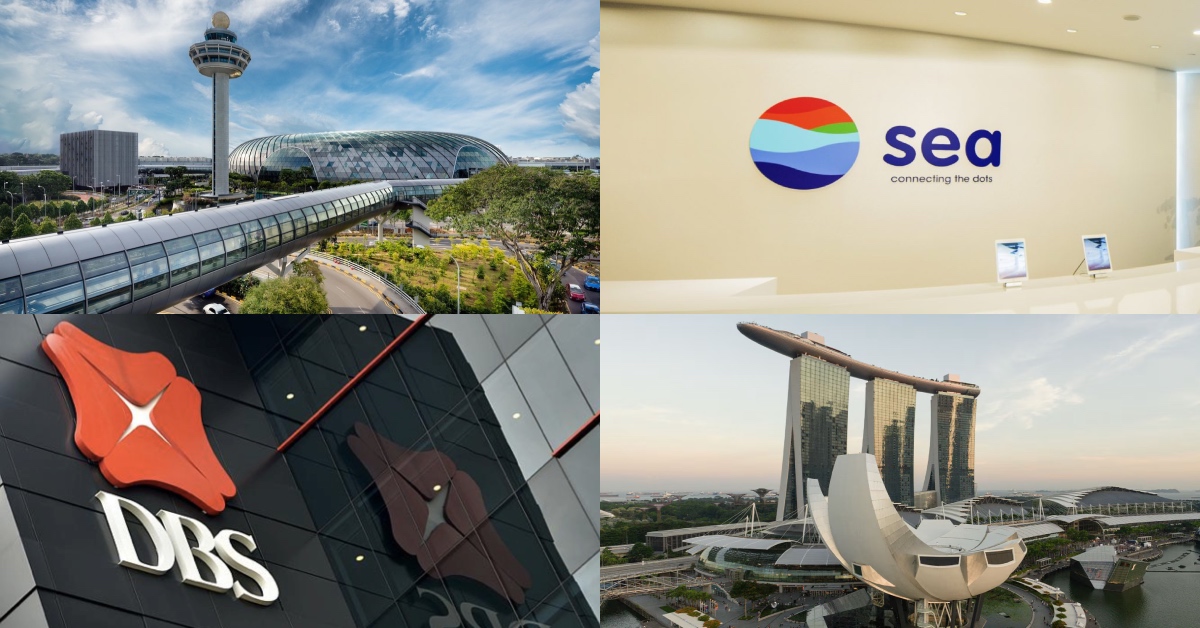The Jökulsárlón Glacier Lagoon & Diamond Beach
Similar to last month’s post, I want to hand out another love letter to one place in particular in Iceland that never fails to impress – the Jökulsárlón Glacier Lagoon. And by extension, the Diamond Beach. This is a...

Similar to last month’s post, I want to hand out another love letter to one place in particular in Iceland that never fails to impress – the Jökulsárlón Glacier Lagoon. And by extension, the Diamond Beach. This is a location in the south east of Iceland that changes every time I see it. I don’t mean that in the metaphorical sense. I mean that new icebergs will calve off the distant glacier every single day and swirl around creating a new landscape for us to enjoy.
So this month’s blog post is dedicated to explaining how this magical place was created and why I love it so much. And I’ll share plenty of pictures too.

What is the Jökulsárlón Glacier Lagoon?
This might sound like a silly question to ask since it’s practically written in the name. But to explain why this particular glacier lagoon stands above the rest requires a little more thought.
So firstly, yes this is a big lagoon filled with icebergs. We’ve got that statement out of the way right away. In actual fact, it’s around 7 miles wide and over 800 feet deep at the centre. That makes it the deepest lake in Iceland. And yet, 100 years ago it literally didn’t exist.

Its appearance is due, in part, to climate change. The temperature in Iceland has risen. It’s as simple as that. And the glaciers are being affected by that warming.
In fact, the Breiðamerkurjökull glacier, that feeds this lagoon with icebergs, has now melted far into the distance, whereas it once sat triumphantly by the coast line.
So how do glaciers move and disappear? Isn’t it a natural occurrence?
In a word, yes, it is natural.
In the years where more snow accumulated than ice melted the glacier would surge forward scratching and pushing the land that it lay on top of. In the years where the ice melted faster than snow accumulated, the glacier would retreat leaving behind a footprint (or tarn). This is a normal process and many glaciers have scratched out deep valleys (fjords) throughout the millennia. The sad thing now though is that most glaciers in Iceland are retreating every single year without any years of advancement like in the past. In fact, the Jökulsárlón Glacier Lagoon has quadrupled in size since the 1970s according to NASA Earth Observatory. The increased temperature is having a drastic effect on this particular sea-level glacier.

However, despite all this doom and gloom the footprint that was left behind became something of a phenomenon that set it apart from the other glacier lagoons across the country. Namely, it interacted with the tides even though it is a landlocked lagoon.
Landlocked lagoons versus sea calving
Basically, when a glacier lagoon is landlocked, the icebergs that calve off the front of the glacier at the edge of the lagoon will land in the water. They will bob up and down for a while but eventually will become more or less static. As the weeks go on, the wind blows dirt onto the ice and the sun creates a crust on the surface. These lagoons are characteristically brown and murky with sediment too. Not a particularly pretty place. Also, not a very good place to harbour life either.
In contrast, when a glacier calves off by the sea, like in Greenland or Antarctica, the iceberg simply floats away once the tides take control. So, you might get beautiful blue icebergs here but they won’t stick around long enough to say hello.
So why is the Jökulsárlón Glacier Lagoon so special?
It’s because the lagoon acts like a landlocked lagoon, accumulating hundreds and hundreds of icebergs in a small area. But it also has a river opening at the far end that is deep enough to allow the sea-tide in to the lagoon. This means the lagoon rises and falls with the tide. It drains out a lot of the sediment and pivotally it causes a lot of motion among the icebergs causing them to flip and spin and crash into one another. This in turn keeps them pristine.

In effect, you get the best of both worlds.
But that’s not all. Because the tides ebb and flow and clean out the lagoon it turns out it’s a pretty spectacular place for certain fish species to thrive, such as herring, salmon, krill and other fish species. This has brought with it an entirely new eco-system that didn’t exist before. The fish have become easy pickings for seals who moved in as a way to escape the threat of sea dwelling killer whales, and the migrating birds of Iceland flock in their thousands each summer to fill their bellies during mating season too. In essence, this climate affected lagoon has inadvertently become a breeding ground for life. Not to mention the incredible view of course.
But what about the Diamond Beach?
Well, the Diamond Beach, or Breiðamerkursandur, to call it by its real name is part of the same eco-system.

The river that allows sea water into the lagoon is small enough that it traps the building sized icebergs in the lagoon. But, once the icebergs melt and crash off of each other for long enough they get small enough to escape through the river and out to sea.
However, just as the icebergs think they’re finally out into the open ocean, the constantly crashing waves push them back time and time again. Eventually, the icebergs will break up enough that they will start to wash up onto the black sand shores creating a blanket of shimmering diamond-like sparkles on the beach.

I often refer to this as the glacier graveyard. I give it this quite depressing name because the ice really is in its final resting place. Within days, those chunks of ice will become nothing more than water in the ocean. This is the end of their 1000 year life cycle, from snow flake to glacier to iceberg to water. Quite beautiful really.
You also get sleepy seals relaxing on the beaches on warmer days here too. If you’re really lucky you might see a passing whale trying to get a glimpse of the lagoon since they are sadly a little too big to enjoy it themselves.

In conclusion
The Jökulsárlón Glacier Lagoon and Diamond Beach are magical and unique. The temporary nature of the place, mixed with the wildlife (sometimes reindeer pass by too on cooler days) and the view when the light changes from moment to moment makes this a place that is not just worth visiting once. Or twice. But as many times as you can manage. Take it from someone who has stood mesmerised on the shores of the glacier lagoon well over 500 times!

Thank you and see you next month!
Ryan Connolly is Co-Founder of Hidden Iceland. Hidden Iceland specialises in private trips, taking you to some of the hidden gems of Iceland with a passionate and experienced guide.
If you would like to be a guest blogger on A Luxury Travel Blog in order to raise your profile, please contact us.

 JaneWalter
JaneWalter 









